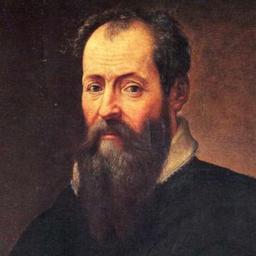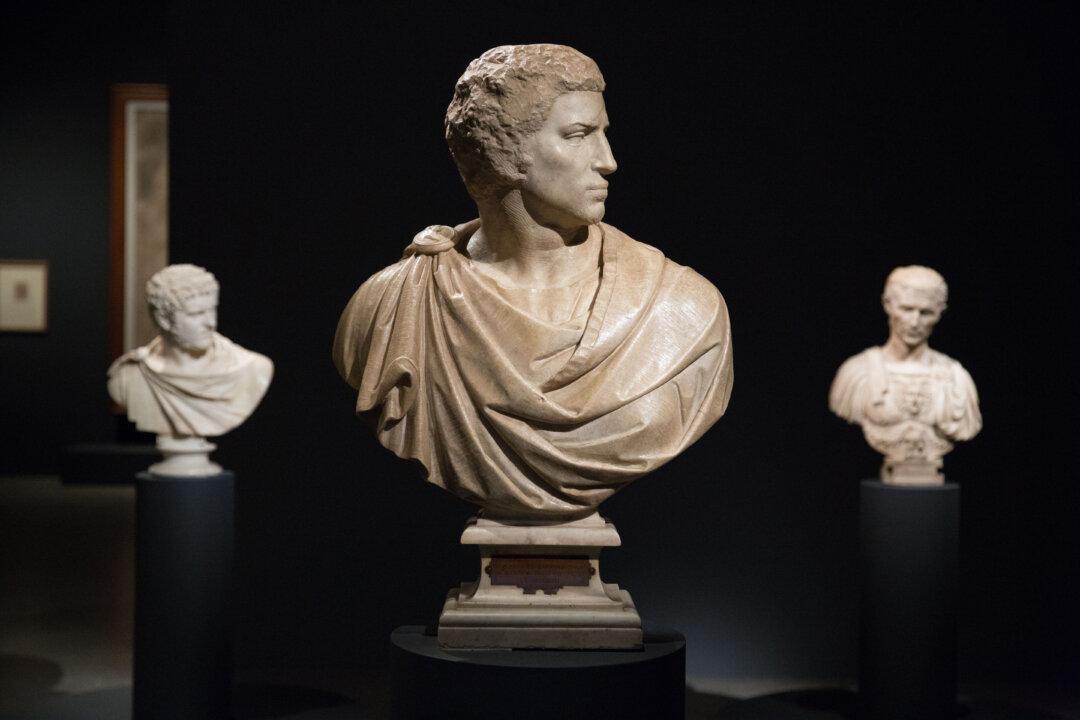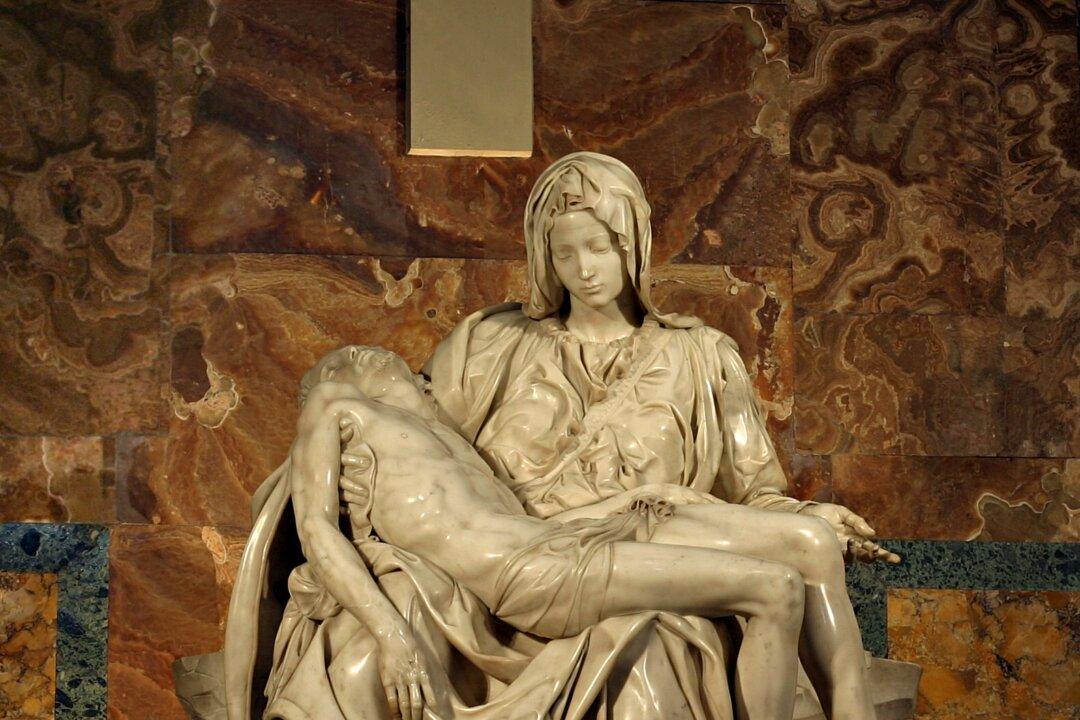
MADONNA, CHILD AND ANGELS
(After the painting by Cimabue. Paris: Louvre, 1260) Alinari
(After the painting by Cimabue. Paris: Louvre, 1260) Alinari
By the infinite flood of evils which had laid prostrate and submerged poor Italy there had not only been ruined everything that could truly claim the name of building, but there had been blotted out (and this was of graver import) the whole body of the craftsmen, when, by the will of God, in the city of Florence, in the year 1240, there was born, to give the first light to the art of painting, Giovanni, surnamed Cimabue, of the family, noble in those times, of Cimabue. He, while growing up, being judged by his father and by others to have a beautiful and acute intelligence, was sent, to the end that he might exercise himself in letters, to a master in S. Maria Novella, his relative, who was then teaching grammar to the novices of that convent; but Cimabue, in place of attending to his letters, would spend the whole day, as one who felt himself led thereto by nature, in drawing, on books and other papers, men, horses, houses, and diverse other things of fancy; to which natural inclination fortune was favourable, for certain Greek painters had been summoned to Florence by those who then governed the city, for nothing else but to restore to Florence the art of painting, which was rather out of mind than out of fashion, and they began, among the other works undertaken in the city, the Chapel of the Gondi, whereof to-day the vaulting and the walls are little less than eaten away by time, as may be seen in S. Maria Novella beside the principal chapel, where it stands. Wherefore Cimabue, having begun to take his first steps in this art which pleased him, playing truant often from school, would stand the livelong day watching these masters at work, in a manner that, being judged by his father and by these painters to be in such wise fitted for painting that there could be hoped for him, applying himself to this profession, an honourable success, to his own no small satisfaction he was apprenticed by the said father to these men; whereupon, exercising himself without ceasing, in a short time nature assisted him so greatly that he surpassed by a long way, both in drawing and in colouring, the manner of the masters who were teaching him. For they, giving no thought to making any advance, had made those works in that fashion wherein they are seen to-day—that is, not in the good ancient manner of the Greeks but in that rude modern manner of those times; and because, although he imitated these Greeks, he added much perfection to the art, relieving it of a great part of their rude manner, he gave honour to his country with his name and with the works that he made, to which witness is borne in Florence by the pictures that he wrought, such as the front of the altar in S. Cecilia, and in S. Croce a panel with a Madonna, which was and still is placed against a pilaster on the right within the choir. After this, he made a S. Francis on a small panel on a gold ground, and portrayed him from nature (which was something new in those times) as best he knew, and round him all the stories of his life, in twenty small pictures full of little figures on a gold ground.






